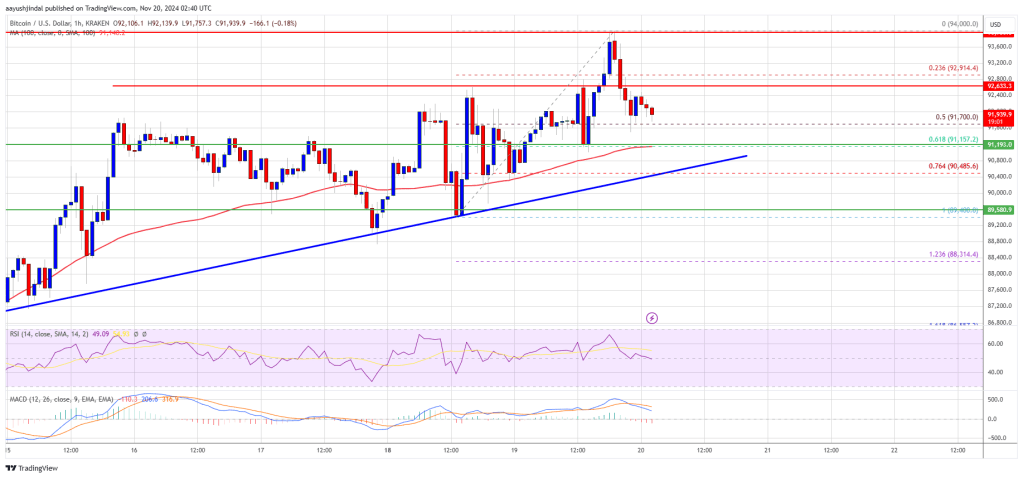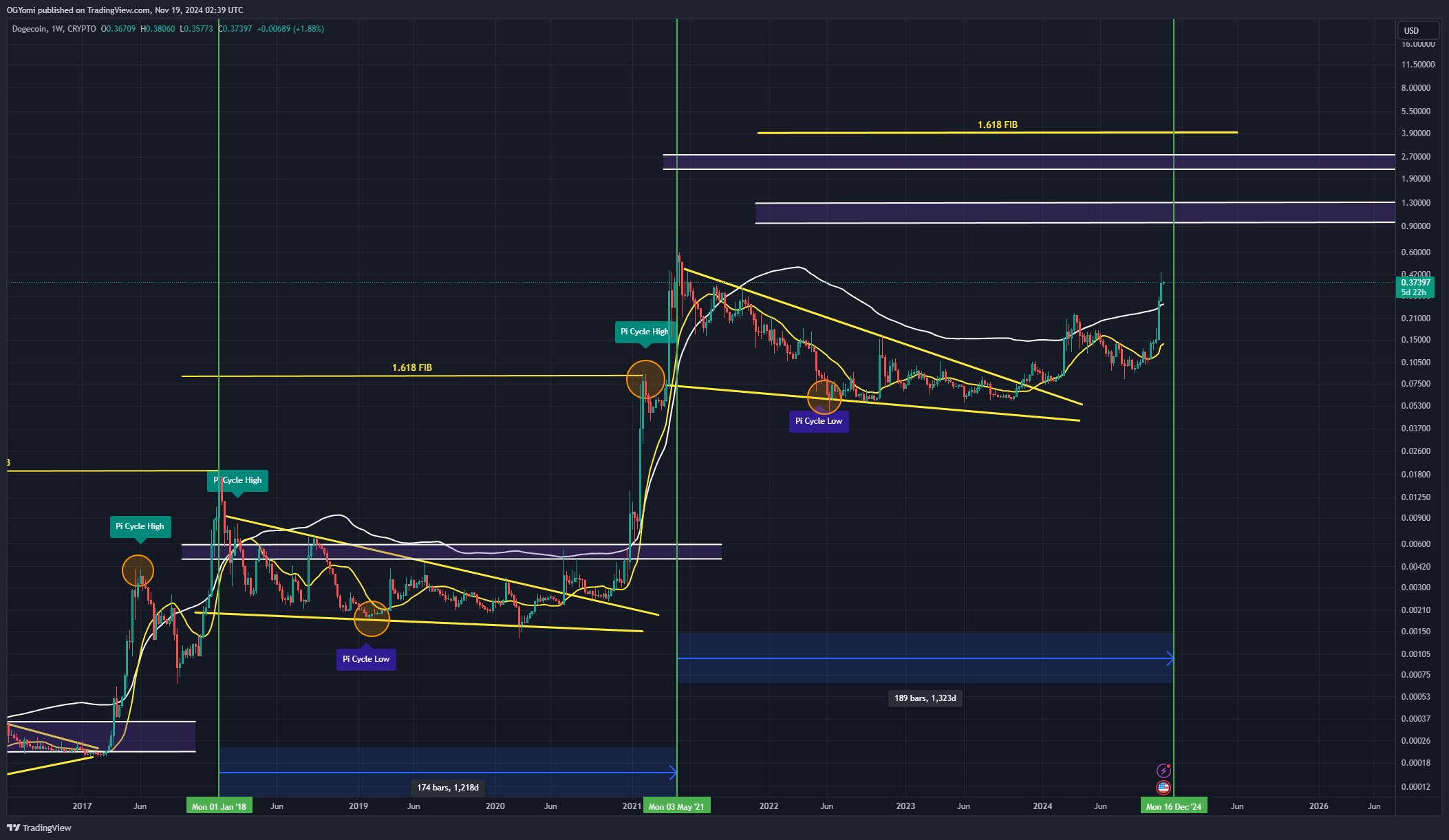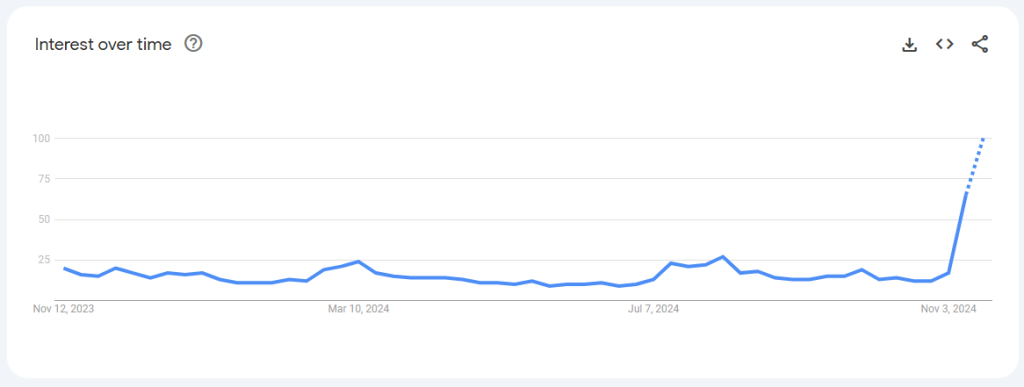
- Stablecoins offer predictability and safety amid crypto volatility.
- Regulatory frameworks are key to stablecoins’ future success.
In the ever-evolving landscape of cryptocurrency, the emergence of stablecoins creates waves, offering a refuge for investors in the tumultuous seas of digital finance. Buoyed by robust reserves and promising stability in a volatile market, these digital tokens have rapidly become a preferred asset.
Moreover, leading banking institutions and federal bodies worldwide are beginning to recognize their potential, marking a significant shift in global financial perspectives. Furthermore, this shift is evident in the bold steps of Japan’s MUFG banking giant, which is poised to issue foreign-currency stablecoins.
Besides minting stablecoins tied to foreign currencies like the U.S. dollar, this move is also heartened by the recent establishment of Japan’s legal framework for these tokens. Given the new legislative assurances, Tatsuya Saito, MUFG’s Vice President of Products, contends that issuers and users will gain more confidence in utilizing stablecoins.
According to reports, stablecoins, digital tokens designed to maintain a constant value typically of $1, are backed by reserves such as cash and bonds. Consequently, they provide a safety net for investors amid the volatility of other tokens, hence their rising popularity.
U.S. and Hong Kong to Shape Global Stablecoin Regulatory Landscape
On a similar note, the U.S. House Financial Services Committee, led by Chair Patrick McHenry, plans to vote on two critical pieces of legislation in July. These laws, primarily crafted by Arkansas Republican French Hill with input from McHenry, may bring a dramatic shift to the digital assets industry, notably cryptocurrencies and stablecoins.
Additionally, Federal Reserve Chair Jerome Powell, speaking at the U.S. House Financial Services Committee’s semi-annual monetary policy testimony, said, “We see stablecoins as a form of money.”
These comments, made in his first testimony hearing before Congress since March, mirror Powell’s statements on stablecoins. In September 2022, he referred to stablecoins as private forms of money. Powell further emphasized that stablecoins borrow trust from the central bank and require high-quality assets as reserves to prevent runs.
However, the U.S. is not alone in sculpting the regulatory landscape for stablecoins. Hong Kong authorities are also pushing to introduce stablecoin regulations by 2024. In addition, they are reassessing rules on crypto derivatives to enhance their virtual asset licensing regime, aiming to position Hong Kong as a global Web3 hub.
In conclusion, the adoption of stablecoins continues to surge, backed by a traditional fiat currency. Consequently, unlike their more volatile counterparts, these unique digital assets maintain a constant value. Hence, even amidst the ebbs and flows of the crypto market, stablecoins remain steady, offering predictability that appeals to investors.
With their value closely tied to traditional fiat currencies, it offer the benefits of digital assets without excessive risk. In doing so, they genuinely carve out a haven in the digital finance landscape.
However, the path forward for these tokens will hinge heavily on regulatory developments in major markets. Significantly, these digital assets increasingly recognized as a new form of money, bringing a wave of transformation to the world of finance.
Highlighted Crypto News Today:
Wagner Rebellion Triggers Surge in Ruble-Tether Trading Volume Amidst Political Turmoil






